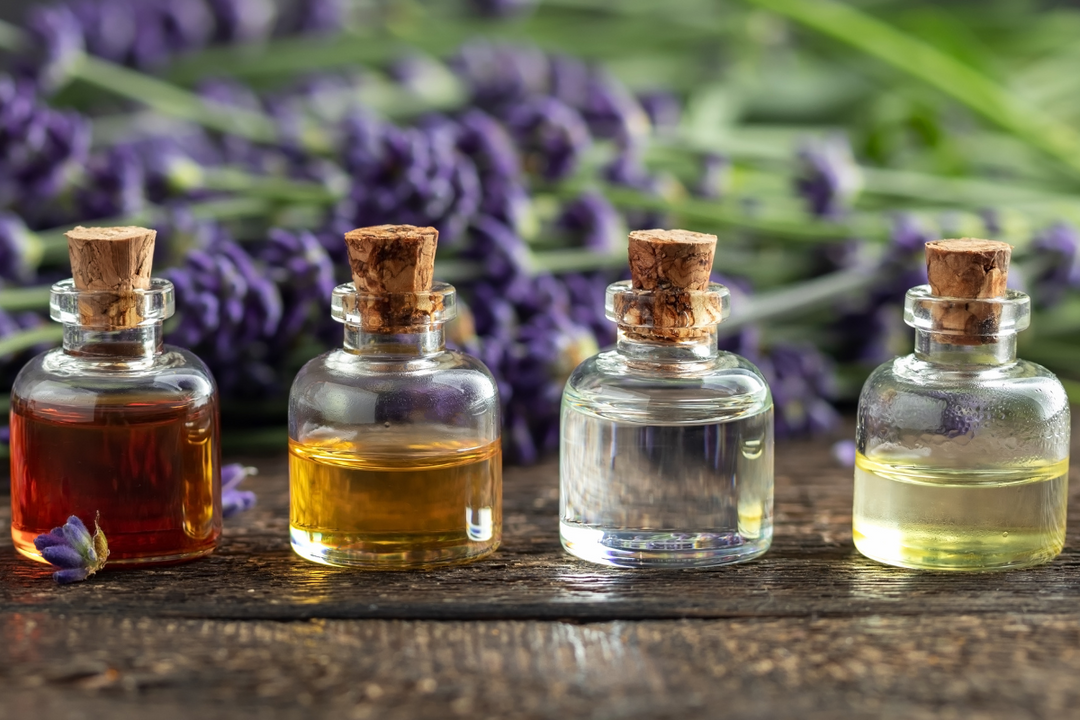What is the recycling code?

Have you ever taken a closer look at the back of your packaging and noticed that there are quite a lot of numbers, seals, etc.? They're always there, so probably less attention is paid to the whole thing. One of these cryptic characters is called "recycling code". We will now show you what this is all about and why this symbol is not so uninteresting.
facts and figures
In the 1950s, around 1.5 million tons of plastic were produced worldwide every year. In 2019, consumption has now risen to 370 million tons.
Correct disposal is all the more important. For example, over 67% of rubbish ends up in the residual waste bin, although it doesn't belong there.
To make it easier for the consumer to dispose of it correctly, there is a recycling code consisting of three (green) arrows arranged in a triangle. The arrows represent the recycling cycle. The material group is indicated under the triangle:
- plastics
- paper and cardboard
- metals
- wooden materials
- textiles
- Glass
- composites
The recycling numbers are then in the triangle, which indicate which material is involved.
Plastic recycling codes
PET 01 - Polyethylene Terephthalate - Easy to recycle
Beverage bottles (disposable and reusable), polyester fibers (e.g. for sports and functional clothing), tarpaulin, writing, adhesive and cover foil
HDPE 02 - High Density Polyethylene - Easily recyclable
Garbage bags, plastic bags, shampoo bottles, food packaging such as yoghurt pots, liquid detergent bottles
PVC 03 - Polyvinyl Chloride - Difficult to recycle
Window film, floor coverings, pipes, records, garden furniture, toys
LDPE 04 - Low density polyethylene - difficult to recycle
Canisters, bottle crates, carrier bags, furniture parts, very thin foils, household appliances, buckets
PP 05 - Polypropylene - relatively easy to recycle
Bottle ratios, straws, cooking bags, reusable containers such as thermal boxes, cable sheaths, child seats
PS 06 - Polystyrene - difficult to recycle
Disposable cups, pens, styrofoam
O 07 – Other
All other forms of plastic: microwave dishes, receipts, coatings
Biodegradable substances are also marked with 07.
paper and cardboard
Paper and cardboard can be recycled well, but the materials are usually not sustainable. The production of the pulp and its recycling are very energy-intensive.
- 20 – PAP : corrugated cardboard
- 21 – PAP : Other cardboard
- 22 – PAP : Paper
metals
Metal extraction is often unsustainable. The workers mostly work under poor working conditions. Metal mining also requires a large amount of water, and mining rarely takes into account the environment.
The metals are mainly mined in the global south but mainly used in the northern half. This contributes to social inequality.
- 40 - FE : Steel
- 41 – ALU : Aluminum recycling sign
wooden materials
The sustainable raw material wood can easily be recycled. However, the origin and mining conditions make the big difference here. For example, you should avoid tropical wood, as important parts of the rainforest are cleared for this purpose.
It is therefore better to pay attention to products that are made from local wood and carry an FSC seal or the Blue Angel.
- 50 – FOR : wood
- 51 – FOR : cork
textiles
Properly disposed of, natural fiber textiles can be easily recycled. A sustainable solution are textiles from organic cultivation.
- 60 - TEX : cotton
- 61 - TEX : Jute
Recycling sign glass
You have probably already noticed the different colored containers for waste glass. Waste glass should be separated according to glass color so that it is sorted and can be successfully recycled.
- 70 – GL : Colorless glass
- 71 - GL : Green glass
- 72 – GL : Brown glass
However, drinking glasses and light bulbs do not belong in the old glass bin, but in the residual waste.
composites
Composites are made up of two or more different materials that are difficult or impossible to separate. For composite recycling codes, the letter “C” is given along with the abbreviation for the main packaging material: “C/(abbreviation of main ingredient)”.
- 80 – C/_ : paper and cardboard/miscellaneous metals
- 81 - C/_ : Paper and cardboard/plastic
- 82 - C/_ : Paper and cardboard/Aluminium
- 83 – C/_ : Paper and cardboard/tinplate
- 84 - C/_ : paper and cardboard/plastic/aluminium
- 85 – C/_ : paper and cardboard/plastic/aluminum/tinplate
- 90 - C/_ : Plastic/Aluminium
- 91 – C/_ : plastic/tinplate
- 92 – C/_ : plastic/miscellaneous metals
- 95 - C/_ : glass/plastic
- 96 - C/_ : Glass/Aluminium
- 97 – C/_ : glass/tinplate
- 98 – C/_ : glass/dissimilar metals
Particularly harmful plastic
PVC
Toxic chlorine is required for the production of PVC. If you now heat PVC, toxic plastic dioxins can be produced, which are extremely toxic. Plasticizers are added to the PVC to produce cable sheathing, but these can be released again.
Polytetrafluoroethylene (PTFE), better known as Teflon
In the United States, PTFE manufacturers have had to pay heavy compensation for polluting water and soil by using toxic pollutants to manufacture Teflon. The toxin PFOA that was used damages the immune and hormone systems, is teratogenic and can cause cancer. Toxic dioxins can form with PVC if it is not heated sufficiently. With PTFE, on the other hand, toxic hydrofluoric acid is produced if it is heated too hot.
PTFE can also be found as a non-stick coating on pans and baking tins. These should not be heated empty due to the hydrofluoric acid that is formed
polycarbonate and epoxy resins
Polycarbonate release the hormone-like, harmful bisphenol A (BPA) and are therefore hardly ever used for food. BPA has also been banned for baby bottles for a number of years. However, it can still often be found, for example, in microwave dishes or beverage bottles.
What are plasticizers?
So-called plasticizers are used when plastic needs to be made flexible and soft. Plasticizers can be found in many everyday objects, such as PVC floors, plastic toys, deodorants, paints and perfumes. However, since most plasticizers are not bound to the plastics, they can be gradually released. Once released, they can be absorbed into the organism through the skin and food.
Some plasticizers are considered to be of particular concern and have been found to be reproductive and endocrine disrupting.
Tips on how to avoid plasticizers
- Use the app of the Federal Environment Agency "Scan4Chem". Simply search for a product or scan its barcode. The app will then tell you whether it contains dangerous plasticizers. If there is no information yet, the manufacturer will receive a request and must answer it within 45 days.
- Avoid PVC flooring.
- Organic natural fiber textiles instead of synthetic fiber textiles.
- Wooden instead of plastic toys. If the wooden toy is unpainted, it may not be as colorful as plastic toys, but it is more durable and healthier.
- You can also easily avoid plastic packaging when shopping, for example by shopping at the local weekly market. You can find out how else you can generate less plastic waste here read.
- Cook fresh instead of finished products packed in plastic.
- Stainless steel or metal kettle.
- glass container or vegetable wax towels to keep food fresh instead of cling film.
If you would like to be informed directly about the latest blog posts, please follow us Instagram ! :-)










































Leave a comment